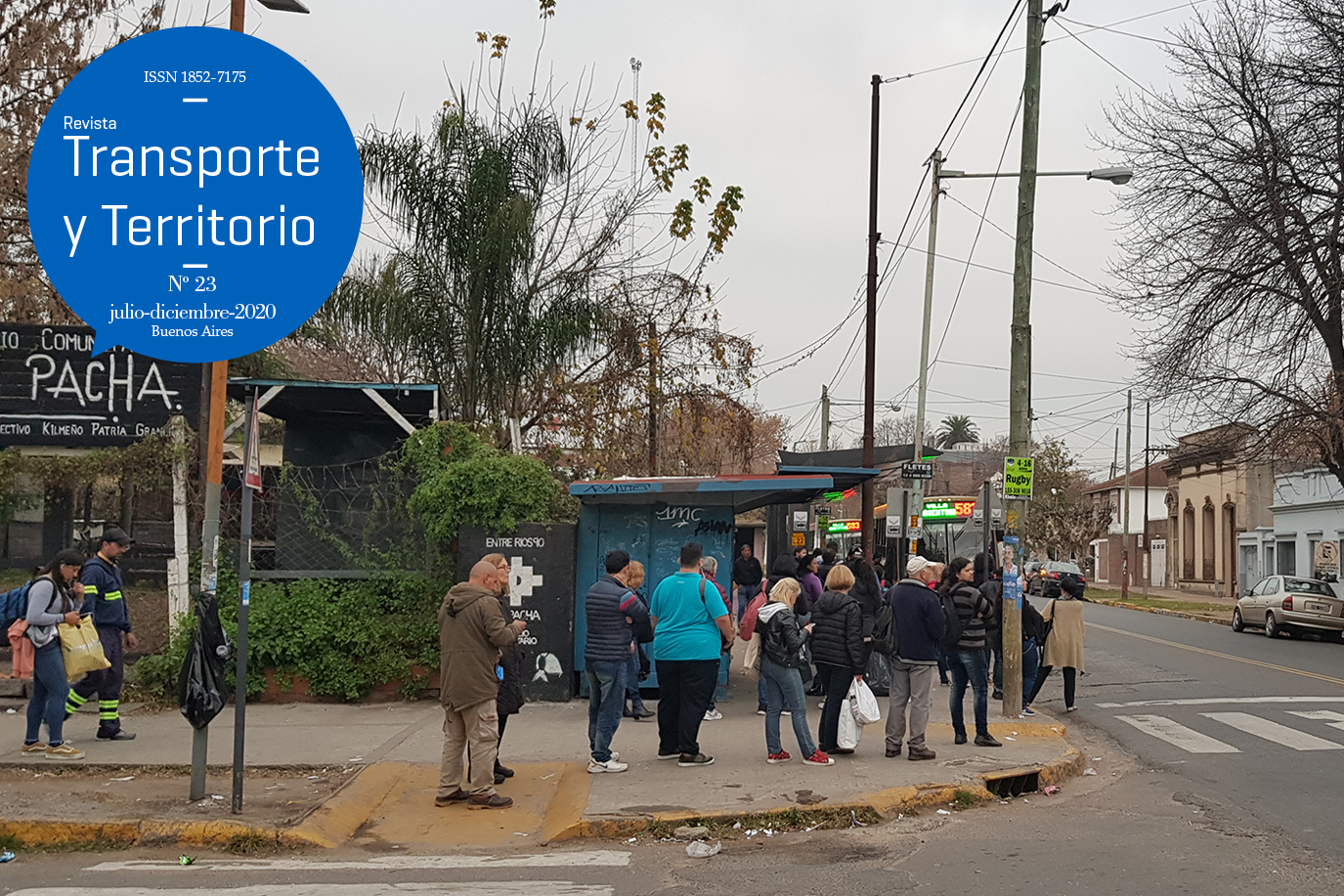A general study about pedestrian collisions and their fatality in Mexico City during the years 2004 to 2015
Keywords:
traffic accidents, walkable cities, streets and avenues, logit, truncated negative binomial
Abstract
A statistical analysis was carried out about pedestrian collisions and their fatality (dead pedestrians versus injured pedestrians) due to run over in urban areas of Mexico City in the period 2004 to 2015. Likewise, a Truncated Negative Binomial Regression model and a Binomial Logit model were estimated to analyze the effect of some sociodemographic, environmental, time and place variables on the frequency of pedestrian collisions and the probability of fatality in collisions. The results allow us to conclude that variables such as the day of the week (Monday to Sunday); schedule (morning, afternoon, night and dawn); place of collision (intersection and non-intersection); type of vehicle involved; attributable cause of the collision (pedestrian, driver or other); in addition with sex, age and presence of alcoholic breath of the driver, together with the possible escape of the driver, they influence in the response variables of the estimated models differently (collision count and probability of collision fatality). Future research should study in particular and in detail the statistical relationships found among the variables studied. Finally, the results of this research are intended with all its limitations to be complementary to studies and research of a geographic type, transport engineering and public health.Downloads
Download data is not yet available.
Published
2020-11-30
How to Cite
Flores-Xolocotzi, R. (2020). A general study about pedestrian collisions and their fatality in Mexico City during the years 2004 to 2015. Revista Transporte Y Territorio, (23), 131-158. https://doi.org/10.34096/rtt.i23.9660
Section
Artículos

1.jpg)

3.png)























